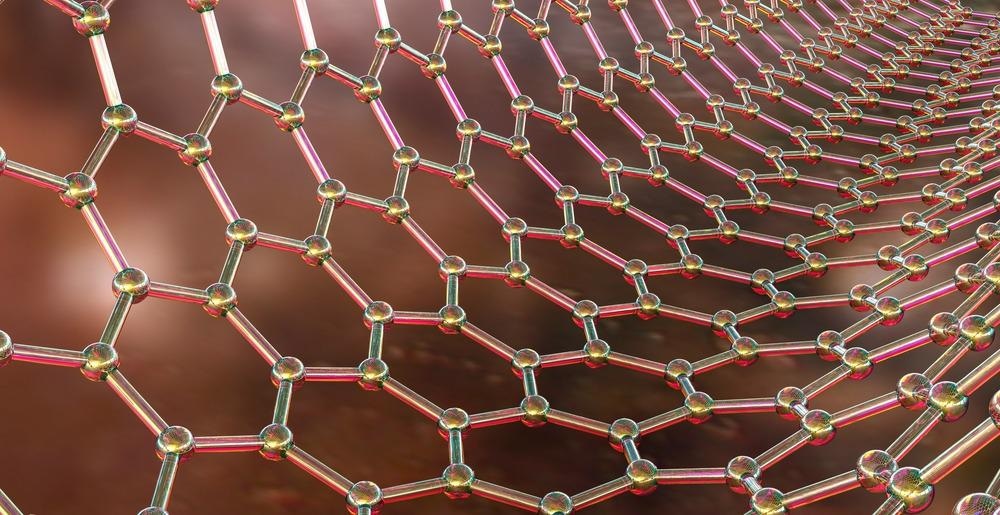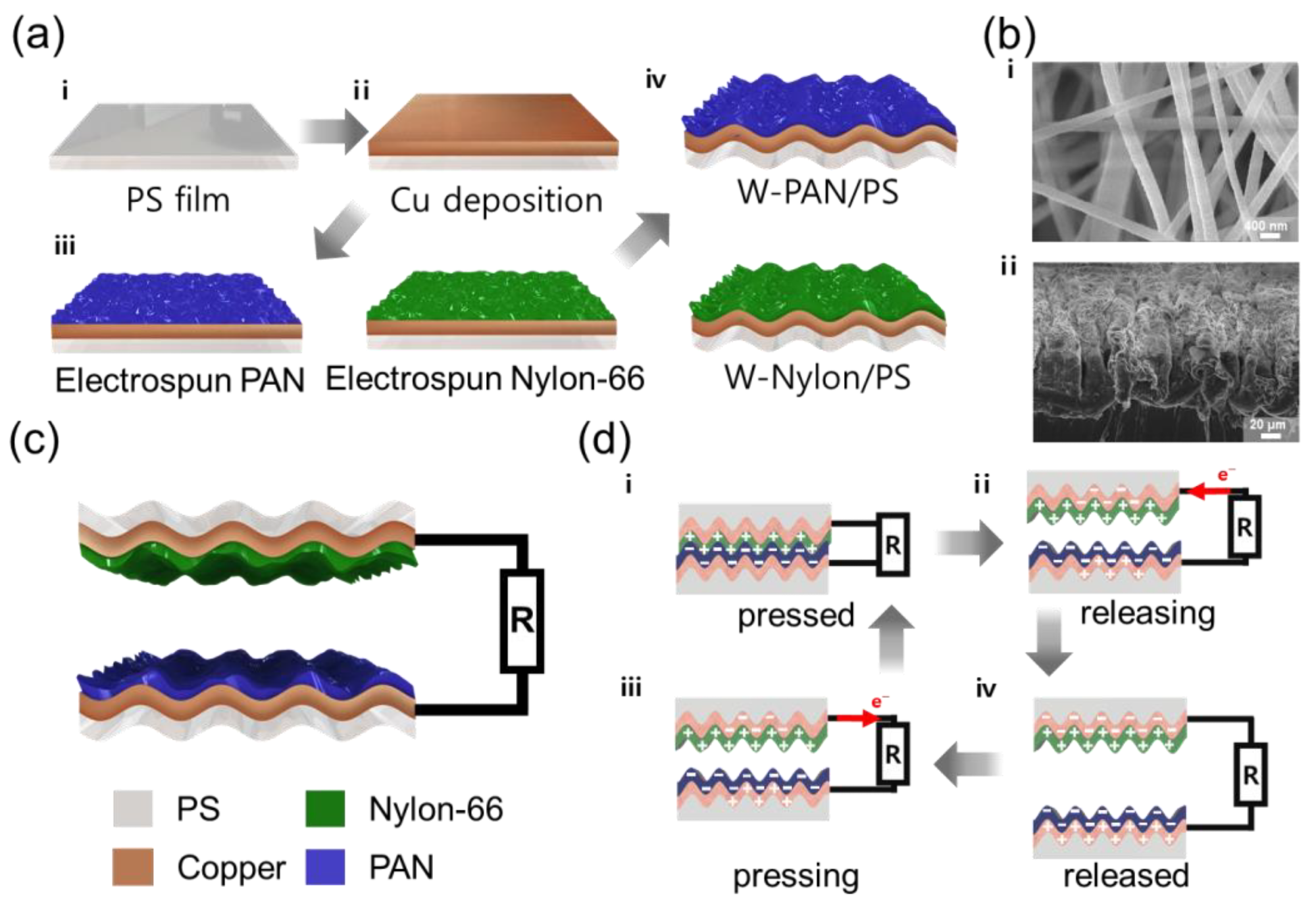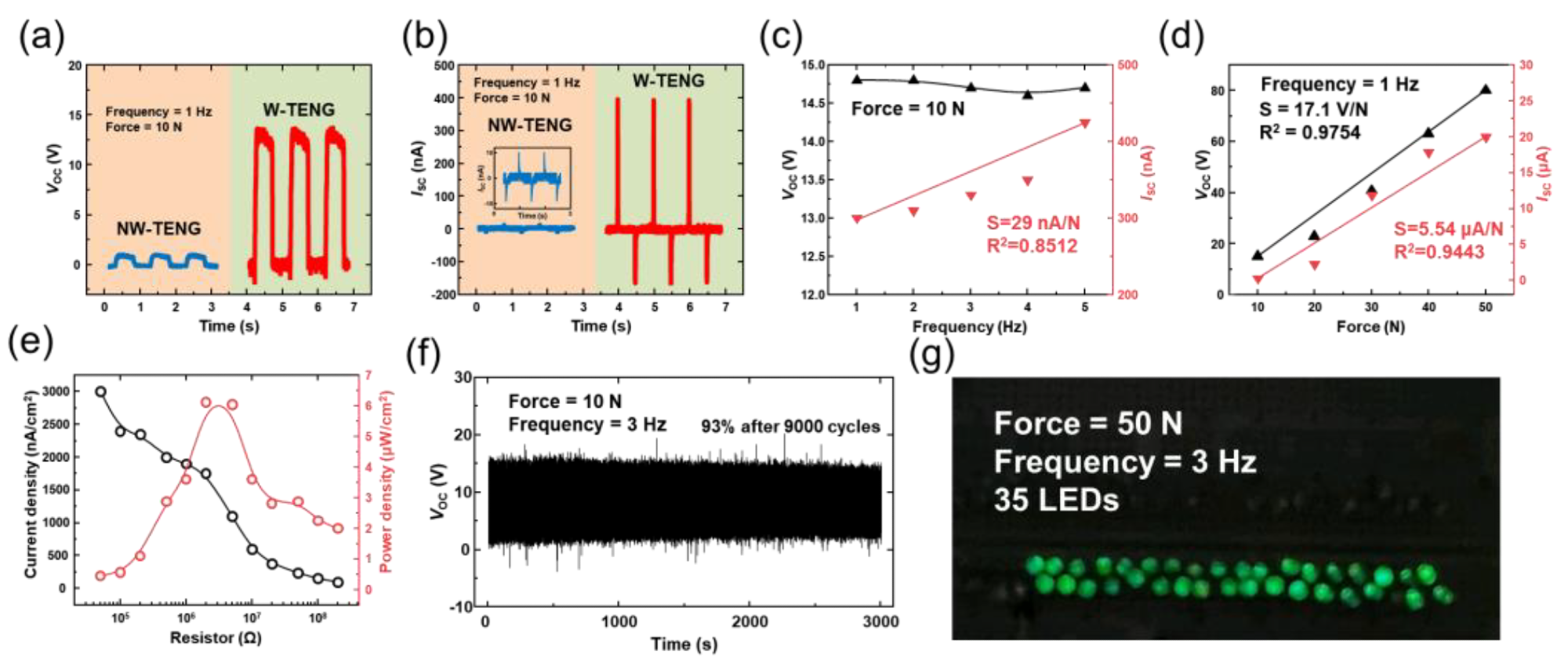In a study published recently in the journal Composites Science and Technology, nanofibers composed of 2D materials were used to construct conductive silicone rubber composites with enhanced piezorestivity.

Study: Vertically aligned carbon nanotubes/graphene/cellulose nanofiber networks for enhancing electrical conductivity and piezoresistivity of silicone rubber composites. Image Credit: Kateryna Kon/Shutterstock.com
Why Carbon Nanotubes?
Flexible conducting composites are made up of plastics and conducting fillers, and they are widely employed in a variety of applications such as a set of parameters, electrical skins, and immunity to electromagnetic interference.
There has been a lot of interest in carbon nanotubes (CNT) and nanoparticle rubbers as key adaptable conductive composites because of their electrical conductivity and flexibility.
Carbon nanotubes and graphene can be used to improve the distribution of nanomaterials in polymeric composites and boost electrical properties at the same time.
In previous studies, a conducting network was created in carbon nanotubes/graphene/silicone rubber composites. It was discovered that a polymer foam containing a carbon nanotubes/graphene conductive network exhibited excellent thermal conductivity, despite only a 0.7 percent content of filler.
It has also been reported previously that a silicone gel rubber was mixed with carbon nanotube/graphene conducting foam in order to produce conductive polymers with outstanding electrical insulation capabilities.

Figure 1. (a) Fabrication of W-PAN/PS and W-Nylon/PS electrode. (b) Field emission scanning electron microscope (FE-SEM) image of W-PAN/PS. (c) Schematic diagram of wrinkled TENG (W-TENG). (d) Schematic diagram of the electricity-generation process of W-TENG.© Song, P., & Zhang, Y. (2022)
Ice Template Assembly Technique
A composite with filler materials arranged in a directed pattern often exhibits strong electrical properties while having a low filling quantity.
It is common practice to employ the ice-template assembly technique to create a filler system with a vertically oriented architecture, and then to load the filler system with a material to produce a combination with good electrical conductivity or thermal properties.
The defrost of an aqueous suspension of a conducting polymer is a critical step in the ice-templated assembly technique, and hence the conducting filler must have a high degree of wettability to be effective.
Graphite nanofiller, on the other hand, has low dissolvability in liquid. When using the ice template assembly technique to create a collinear filler system, it is important to make an aqueous suspension of graphite nanofiller that has high support in order to do this.
Benefits of LSR & SR
Because of the modest volumetric contraction that occurs during the curing, liquid silicone rubber (LSR) is often employed to cover the filler system. In fact, silicone rubber has good high-temperature tolerance, high durability, and immunogenicity, and it is frequently employed in portable electronics because of these characteristics.
However, the interfacial connection between the liquid silicone rubber and the filler system is often weak, resulting in poor mechanical characteristics for the liquid silicone rubber composites as a consequence.
Carbon nanotubes and graphene were utilized as filler materials in this study, while polyvinylpyrrolidone (PVP) was used as a mixer to keep the materials together.
Preparing water suspensions of carbon nanotubes and graphite was accomplished through the use of strong micro fluidization methods.
Cellulose nanofiber (CNF) was introduced to the particles to act as an adhesion, allowing the electrical fillers to be connected. The ice-template manufacturing approach was used to create collinear carbon nanotubes /graphene/ cellulose nanofiber conducting polymers, which were then tested.
LSR was injected into the foams to create a compound. To increase the surface contact between silicone rubber and conductive fillers, a polymethyl hydro siloxane was patched with 3-trimethoxy silyl propyl methacrylate (PHMS-g-MPS) was produced and tested.

Figure 2. Electrical characteristics of the non-wrinkled TENG (NW-TENG) and wrinkled TENG: (a) VOC and (b) ISC. (c) Frequency-dependence of W-TENG. (d) Force-dependence of W-TENG. (e) Dependence of the load resistance on current density and output power of W-TENG. (f) Durability of W-TENG. (g) Serial connection of LEDs with W-TENG.© Song, P., & Zhang, Y. (2022)
Achieved Outcomes of the Study
Graphite and carbon nanotubes were employed as filler materials in this work, and their aqueous particles were created using a strong nano fluidization methodology.
The use of an ice-template assembly technique resulted in the formation of vertically aligned carbon nanotubes /graphene/ cellulose nanofiber conductive network. The hydrosilylation technique was used to manufacture a monomer as a coupling agent, and the inclusion of the polymer was shown to boost the tensile properties of composites.
The fault percentage in vertically aligned conductive networks and materials rose as the graphite concentration in the systems and materials rose.
Conduction systems and compounds with higher carbon nanotubes content have high resistivity than those with lower carbon nanotubes concentration. The composite made with carbon nanotubes and graphene aqueous particles exhibited the best conductance and the lowest infiltration limit, with an absorption edge of 0.08 percent.
The composites also showed high-pressure responsiveness, which was capable of detecting the amount of work completed during the walking procedure and had strong stability in the output resistive data.

Figure 3. (a) Circuit diagram of energy generate and energy storage system. (b) The charging efficiency under various input frequencies (form 1 Hz to 5 Hz) of W-TENG. (c) The demonstration of the feasible application by lighting-up a commercial LED. (d) Real-time operation of the thermo-hygrometer using the hybrid energy system. © Song, P., & Zhang, Y. (2022)
Reference
Song, P., & Zhang, Y. (2022). Vertically aligned carbon nanotubes/graphene nanofiber networks for enhancing electrical conductivity of silicone rubber composites. Composites Science and Technology. Available at: https://doi.org/10.1016/j.compscitech.2022.109366
Disclaimer: The views expressed here are those of the author expressed in their private capacity and do not necessarily represent the views of AZoM.com Limited T/A AZoNetwork the owner and operator of this website. This disclaimer forms part of the Terms and conditions of use of this website.